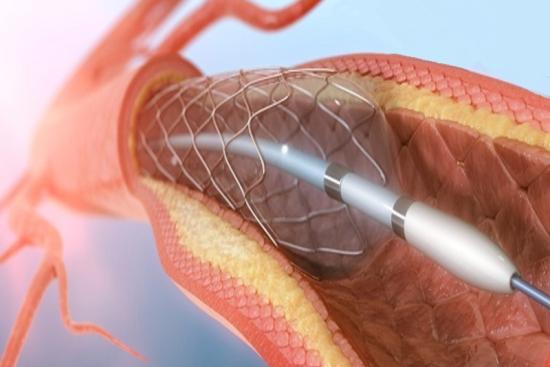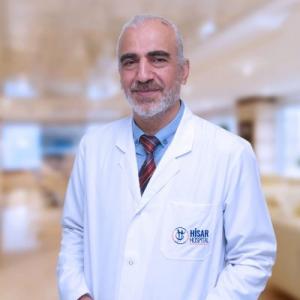Coronary angioplasty is a minimally invasive therapeutic procedure to restore the patency of a blood vessel through the use of a balloon catheter and sometimes the insertion of a cardiac stent (a small metal tube with an expandable mesh that serves to maintain the effects of the balloon).
Coronary angioplasty and stenting: Prices in Turkey
At Turquie Santé, we offer direct access to the best accredited and rigorously selected cardiology clinics. Thanks to our network of trusted partners, you benefit from transparent, negotiated prices with no intermediaries for a safe coronary angioplasty.
The average cost of angioplasty with stenting in Turkey is around €1,900. This includes the cost of the procedure, hospitalization, necessary tests, and medical follow-up.
If you or a loved one has heart disease, you can request a free teleconsultation with Turkey's top cardiologists. Expert medical advice is just a click away, wherever you are.










